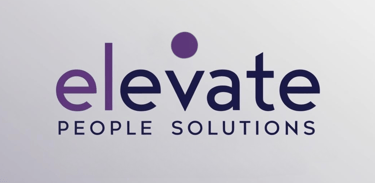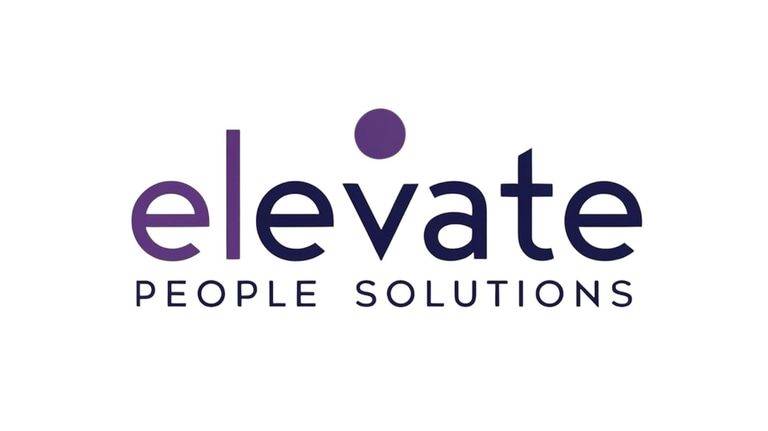Do you need HR policies, processes and procedures?
This article breaks down what makes operational HR documents useful: a clear purpose, real-world applicability, simplicity, and consistent use. Whether you’re growing your team or building structure, well-designed documents help you scale smoothly, make fair decisions, and improve the employee experience — without adding unnecessary complexity.
Milena Milosevic
5/12/20255 мин читање


So, do you really need HR operational documents —like policies, processes, and procedures?
Yes, you do. You need some form of guidance and clarity on how things are done when it comes to people-related operations—just as you do for any other part of the business. The format and level of detail will depend on various factors such as company size and growth plans, industry and regulatory requirements, as well as your internal strategy and choices about how your organization operates, evolves, and supports its people.
There are often hesitations about whether a company needs operational documents:
“We’re a small team.”
“We want to keep things flexible.”
Some of that may be true. If you’re a team of 10, you don’t need a formal procedure for everything. (And just to be clear — I’m not talking about legally required documents; those are given.)
But even if documentation isn’t essential right now, things naturally become harder to manage as you grow. Inconsistencies start to show, and decisions can feel unclear. You might find yourself asking “Who gets which equipment?” or “Why does one person have a parking spot and the other doesn’t?”
And if you’re not asking yet — your employees will, sooner or later.
Setting things up early enables you to scale with structure. Clear processes help you:
Mitigate risks
Onboard people more smoothly
Use your resources more efficiently
Prepare for audits or due diligence
Increase the overall value and credibility of your business.
I see a real value in operational documents but only when they’re done right.
If people can find what they need, understand it quickly, and act on it without chasing extra explanations, the document has done its job. And that’s entirely possible, especially in small and mid-sized organizations.
Ultimately, the value of operational documents comes from their:
Purpose,
Practicality / Applicability
Clarity / Simplicity
Transparency and consistency of application.
Let’s take a closer look at what each of these means in practice — and why they matter.
---------------------------------------------------------------
1. Purpose: Documents exist for a reason — to support business or people goals
Before creating or implementing any document, ask yourself:
Why do we need this? What issue are we addressing? Who is it for?
Operational documents should serve a clear purpose. Here’s what some of them outline
Policies: What should be done and why — set direction, outline expectations, and define boundaries
Processes: How work typically flows from start to finish
Procedures: The step-by-step actions — often supported with forms, templates, and other tools.
Which ones you need and when depends on your size, growth phase, the culture you want to build, etc. Here are some examples:
When you’re starting out — Go with the essentials that bring clarity and reduce risk
Leave rules and time-off tracking
Remote work basics
Simple onboarding and offboarding steps
Salary review approach, perks, and benefits
Even at this stage, I’d recommend defining a few culture-shaping basics — like how feedback works or what criteria guide promotions. These early signals set expectations and shape the tone for how your business grows.
As you grow — You’ll need more structure and consistency across the employee experience
Recruitment process
Performance and development approach
Clarity of roles and responsibilities
Evolving onboarding and exit processes
As your people strategy matures — Documents start reinforcing values and long-term priorities:
Leadership expectations
Career paths and internal mobility
Employee listening and engagement plans
Wellbeing and mental health policies
And of course, some documents are always a must for compliance and legal reasons - like payroll and working time records, health and safety, bonus policies, data protection and confidentiality.
Here’s one purpose of operational documents that’s often overlooked: they shape culture.
It’s not just how policies are written — it’s also what you choose to define. The topics you decide to formalize send a clear message about what matters in your company and every procedure you write down shows what you value and expect.
2. Practicality / Applicability: Documents should be usable in real situations
Before creating or implementing any document, ask yourself:
Is it relevant and for whom? Is it helpful for the topic it covers? Does it reflect how we actually work — or how we want to work?
Documents should align with how work happens on the ground, offering guidance that’s realistic and actionable. This also means keeping them updated as things change.
Practical documents don’t just explain steps, they also provide clarity in grey areas by offering principles that guide decisions when situations vary.
Another key consideration is the user perspective. Is it useful and clear to the people who actually need to follow it — not just HR or leadership?
In fact, all four elements — purpose, applicability, clarity, and transparency — depend heavily on how well you’ve considered the user.
Applicability also explains why simply downloading a template or copying a document from another company often doesn’t work. That doesn’t mean you need to write everything from scratch — you can start from a shared base. Also, tools like AI can be a great help in drafting but the key is to adapt them to your organization’s reality.
3. Clarity / Simplicity: Documents should be easy to understand and follow
Before creating or implementing any document, ask yourself:
Who is this document intended for — will it be possible for them to understand and follow?
Good documentation communicates without confusion. That means using plain language (avoiding jargon or HR/legal terms), fewer words, clear structure and visual support when helpful (e.g. flowchart, checklist, or table).
For HR documents specifically, it helps to define who the document is for, and tailor the level of detail:
HR / Company Administration:
These documents often need to be more detailed. They cover step-by-step instructions, checklists, templates, and backend processes. The goal is consistency, compliance, and efficiency in operations.Leadership Team:
Leaders need context, the big picture. What’s the purpose of the policy or process? What are the key risks, benefits, or decisions they need to support? Their version should focus on strategic alignment, not execution.Employees and Managers:
This group needs to know what applies to them, what’s expected, and what actions to take. The document should be clear, to the point, and practical.
Even for the same process, you may need to create different documents for different audiences.
I prefer simple guidelines instead of processes and procedures whenever possible—depending on the audience, topic, and especially company culture and maturity of the team. Providing guiding principles rather than step by step process gives people more freedom to make decisions and lead, and relies more on trust, accountability, and maturity.
4. Transparency and consistency of application: Documents need to be fairly applied and accessible to relevant stakeholders
Before creating or implementing any document, ask yourself:
How will this document be shared or communicated to the people who need it? Is it easily accessible to all relevant stakeholders? Is the company using and following what’s written — or is it “just on paper”?
When implementing a new policy — especially one with a broad impact — build a communication plan around its launch. Make sure that managers understand it well enough to communicate and apply it confidently, and that employees know how to ask questions or raise concerns.
Even at an early stage, you can involve employees through research or small focus groups. They can help you understand what kind of information is helpful, what might be confusing, and how the document will be perceived and used. This also increases their buy-in.
People need to know where to find documents — and how to use them. A document can be perfect on paper, but if it's buried in a forgotten folder or hard to navigate, it loses its value.
Consistency means not just having a document but also actively using it as a reference point for decisions and actions. If policies are applied differently depending on who’s involved, they quickly lose credibility and create frustration. Make sure managers and teams apply the same guidance in similar situations, and that there’s a clear mechanism for flagging inconsistencies.
Final thoughts
Well-designed operational documents don’t have to be complex or overwhelming — they need to be clear, practical, and purposeful. When done right, they support your people, simplify decisions, and help your business scale with confidence.
______________________________________________
At Elevate People Solutions, we partner with business leaders and HR professionals to build people strategies and solutions that grow with your organization.
Whether you’re starting from scratch or improving what’s already in place, we offer practical, strategic, and hands-on support to help you move forward.
Get in touch if you’d like to explore how we can support you.


Email adresa: office@elevate-peoplesolutions.com
Kontakt telefon: +381693550345
